Plants & Wildlife

An Arboretum & Botanical Garden
Mount Auburn is a botanic garden and arboretum with a nationally-significant collection of woody and herbaceous plants. This collection includes 5,000 trees (640 different species and cultivars), over 6,000 shrub plantings (600 taxa), and 4,000 groundcover plantings (770 taxa) planted throughout our 175 acres. Explore our online plant records database, discover seasonal horticultural highlights, and learn more about how we manage this incredible collection. Mount Auburn is committed to caring for the landscape and fostering its health and environmental sustainability in a dynamic and changing world.
For questions about our Plant Collections, contact flora@mountauburn.org
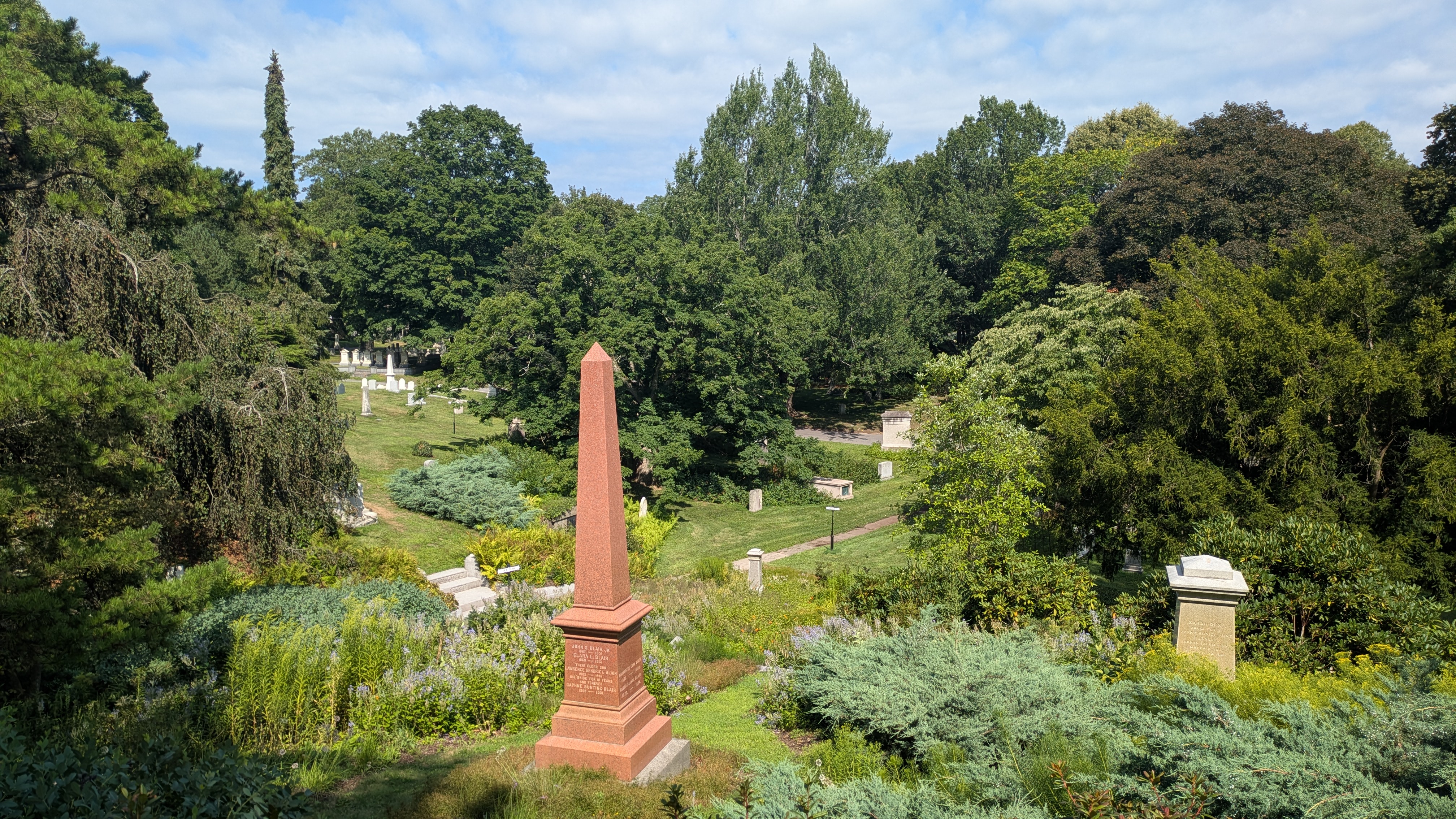
Horticultural Highlights
The diversity in Mount Auburn’s collection of trees ensures an prolonged foliage season each fall. Even in November, there is still plenty of color in the landscape. From our noble oaks displaying autumn color to the fall-blooming witchhzel, there is plenty to see at the Cemetery.

What's In Bloom
This list is updated weekly from mid-April through mid-November.
Each week brings new blooms to admire. This list is updated weekly with all the latest trees and flowers in bloom so you can plan your visit to see the seasons unfold in the landscape.
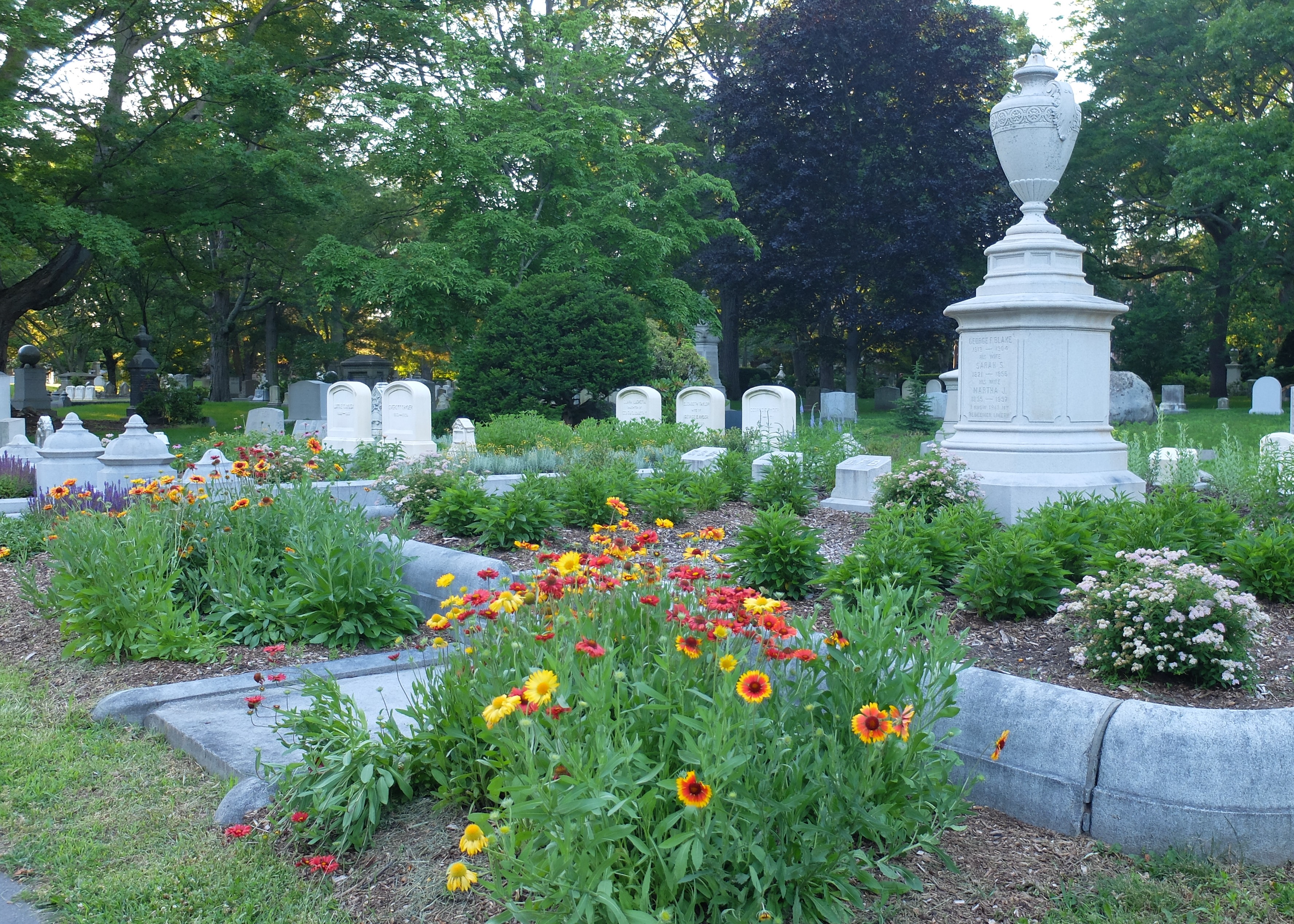
Flora Mount Auburn
Mount Auburn is a botanic garden and arboretum with an accredited collection of woody and herbaceous plants. Our collection features more than 2,500 taxa (in over 20,000 plantings) throughout 175-acres. Explore and search our interactive plant records database.
An Urban Wildlife Habitat
With its lushly-planted 175 acres, Mount Auburn provides the perfect habitat for many species of urban wildlife. Spotted Salamanders, frogs, turtles, and coyotes are among the species that make the Cemetery their year-round home. For several species of migratory birds, Mount Auburn provides temporary shelter for a few weeks each April and May. Mount Auburn is committed to protecting important wildlife habitat in this densely developed urban area.

Birds & Birding
Mount Auburn Cemetery is a premier birding destination. The Cemetery’s diverse horticultural collections and natural features attract many specimens of birds, both migratory and year-round residents.
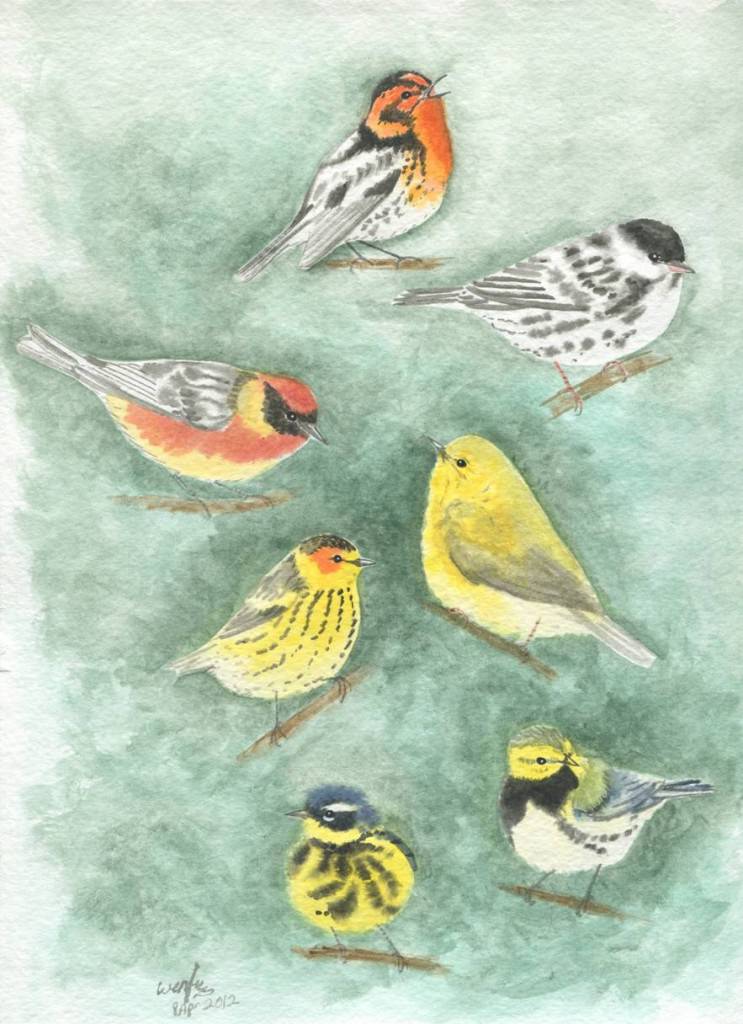
Spring Migration
The month of May is when the peak abundance of migrant birds is found at Mount Auburn. Our week-by-week timetable will give you a preview of what you might expect to see on a visit this spring.
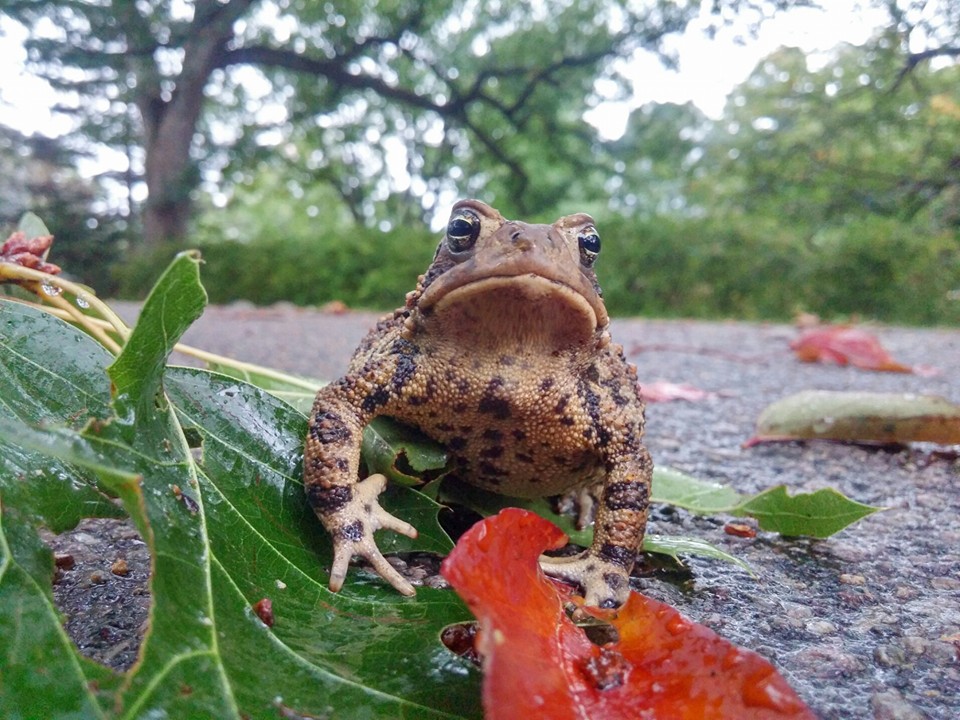
Native Amphibians
Mount Auburn has worked over the past decade to reintroduce native aquatic amphibians missing from the Cemetery. Read more about the species you might expect to see or hear on a visit to Mount Auburn.
Stories with Roots
When people think of Mount Auburn's stories, they often think of the over 100,000 people buried in the historic landscape. Along with their stories, Mount Auburn's collections house the story of the landscape itself, the artistic statuary of the memorial monuments here, but also the notable stories of a handful of horticultural specimens with extraordinary roots.
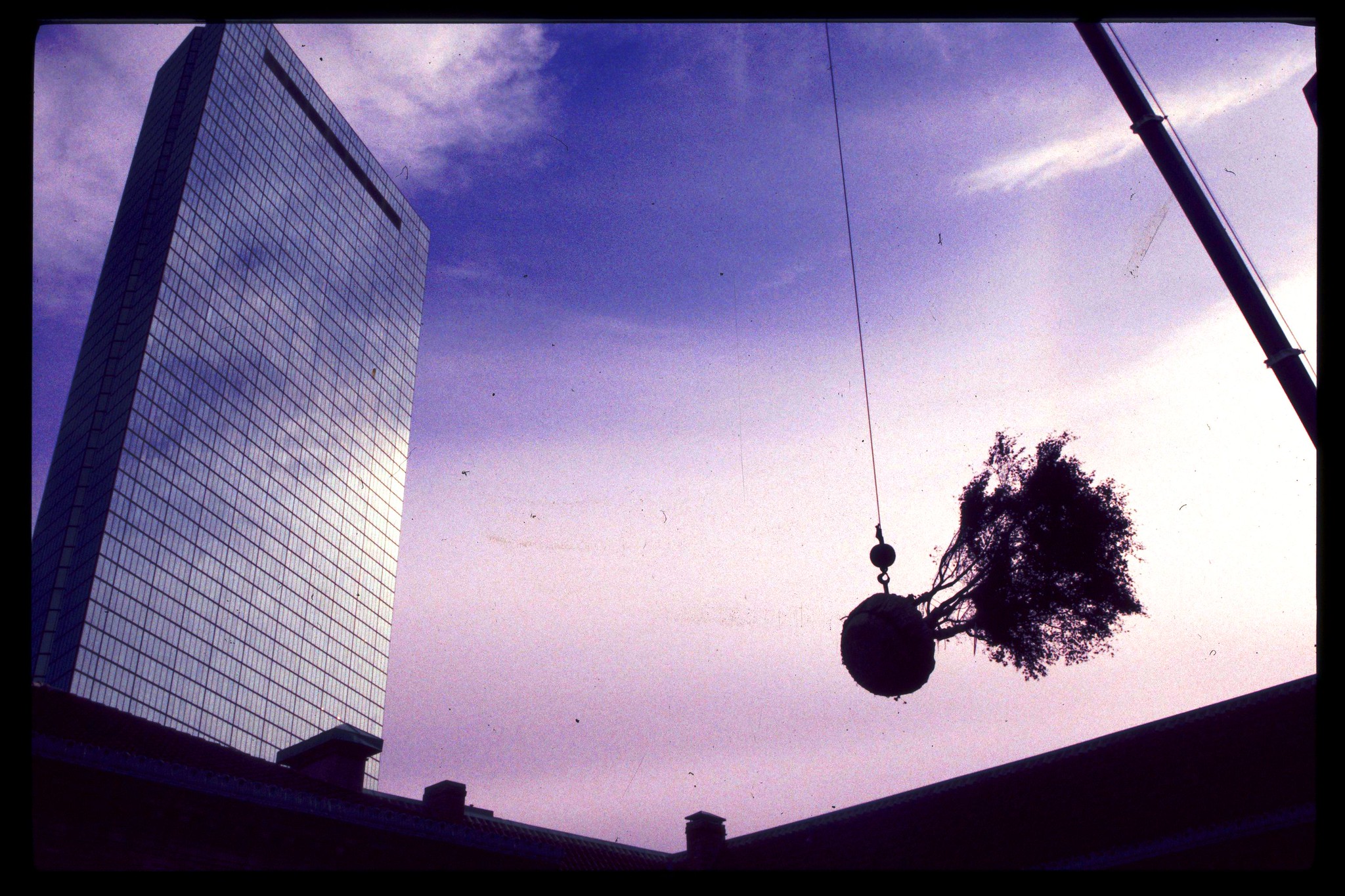
From the Boston Public Library to Mount Auburn
In 1999 four Japanese Maple trees, were hoisted six stories from the Boston Public Library Courtyard to Asa Gray Garden.
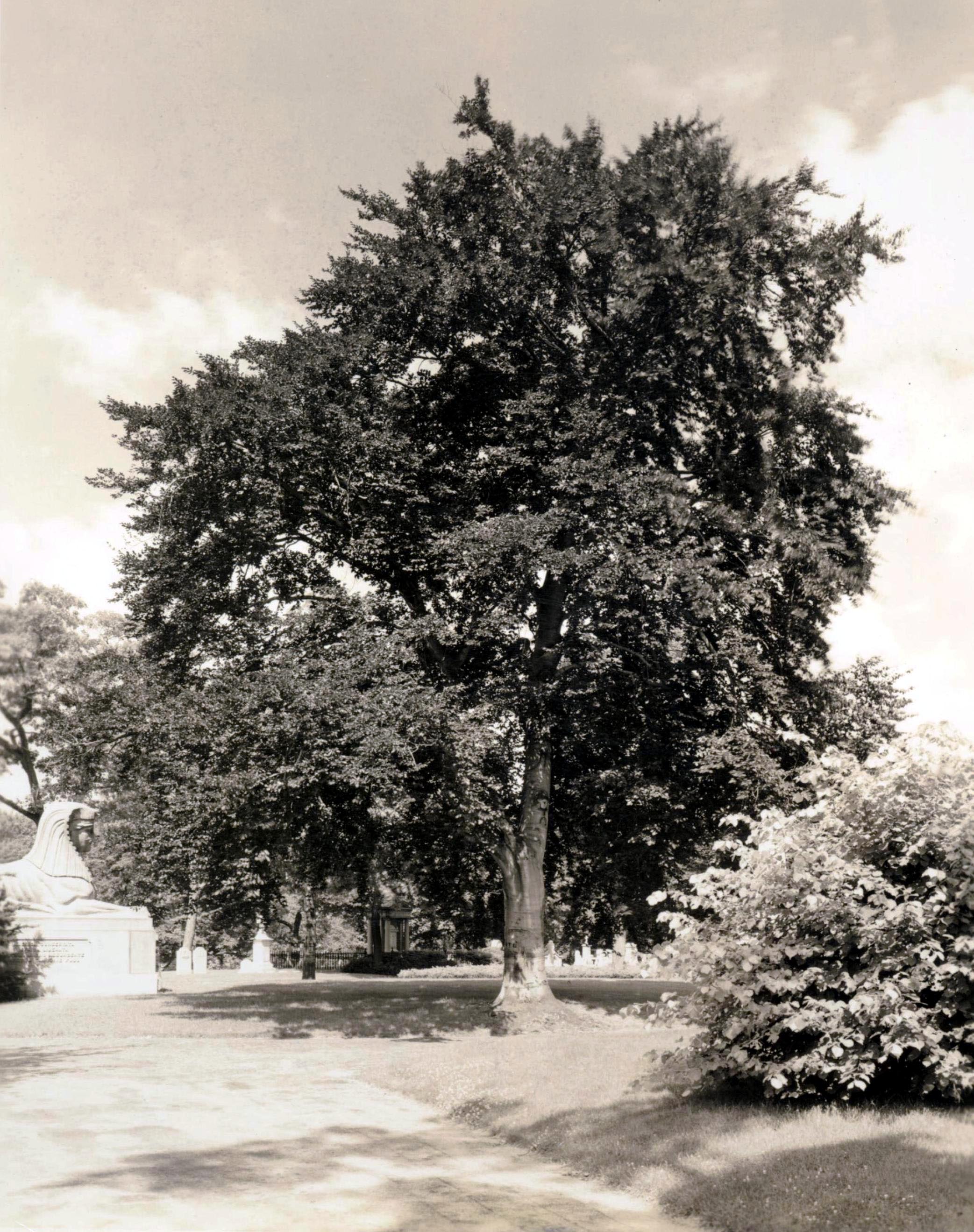
The Prince of Wales Beech Tree
A historic tree, planted by the Prince of Wales in 1860, is given new life through the practice of horticultural grafting.

Hurricane of 1938 Damages Cemetery
A deadly hurricane destroyed 811 trees and damaged 1,200 more at Mount Auburn. The storm’s effects are still visible today.
An Evolving Landscape
The creation of Mount Auburn in the early 19th-century as an experimental garden and burial ground reflected the changing tastes of the public. The 175 acre Cemetery maintains much of its original character, but it is also an evolving landscape that Mount Auburn staff and our community partners are continually enhancing. The early 1990's marked the start of a new era of changing tastes at Mount Auburn. The Cemetery began making more intentional choices in the preservation and enhancement of the Cemetery’s natural and cultural resources. In the spirit of the mission of Mount Auburn to commemorate the dead and inspire the living in a landscape of exceptional beauty, a number of landscape and habitat enhancement projects have taken place to ensure that Mount Auburn remains a place of great beauty.
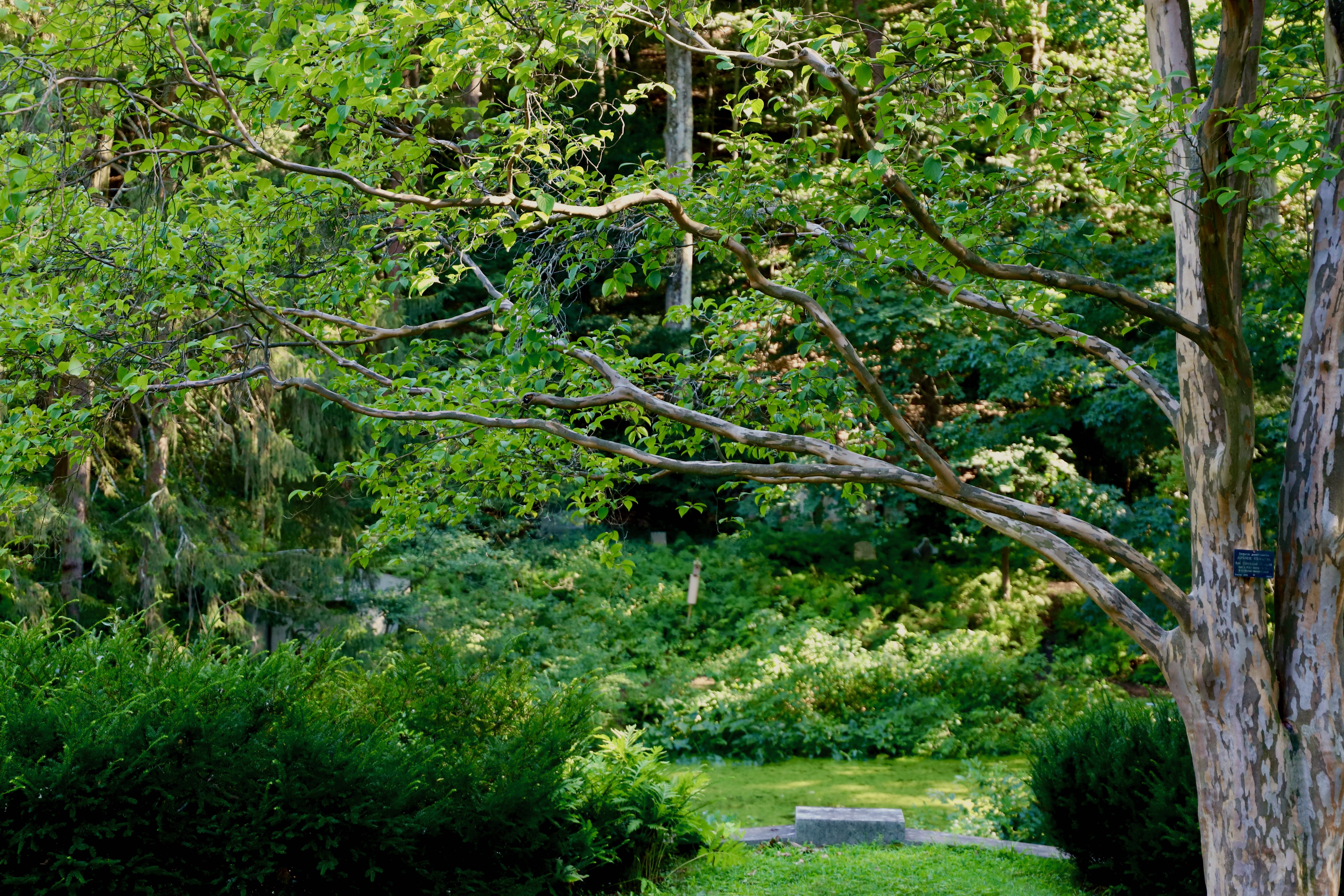
Woodland Restoration: Consecration Dell
In 1997, the Cemetery started restoring Consecration Dell to a natural woodland. Today, it features native plants and is a key urban wildlife habitat.
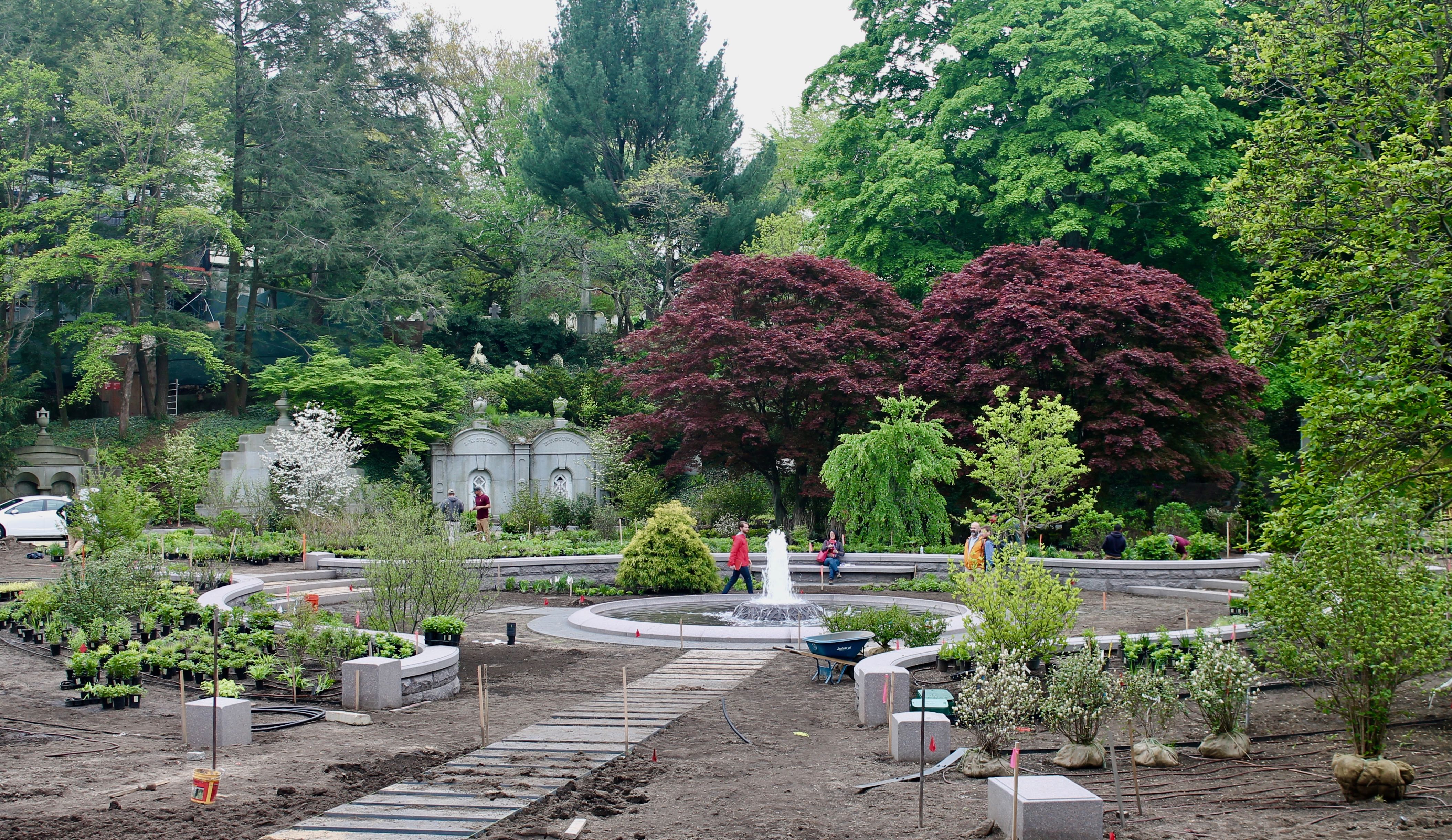
Revitalizing Asa Gray Garden
In 2018, Asa Gray Garden was revitalized to highlight the Cemetery’s healing qualities. New benches and an expanded water feature provide calm reflection spots.
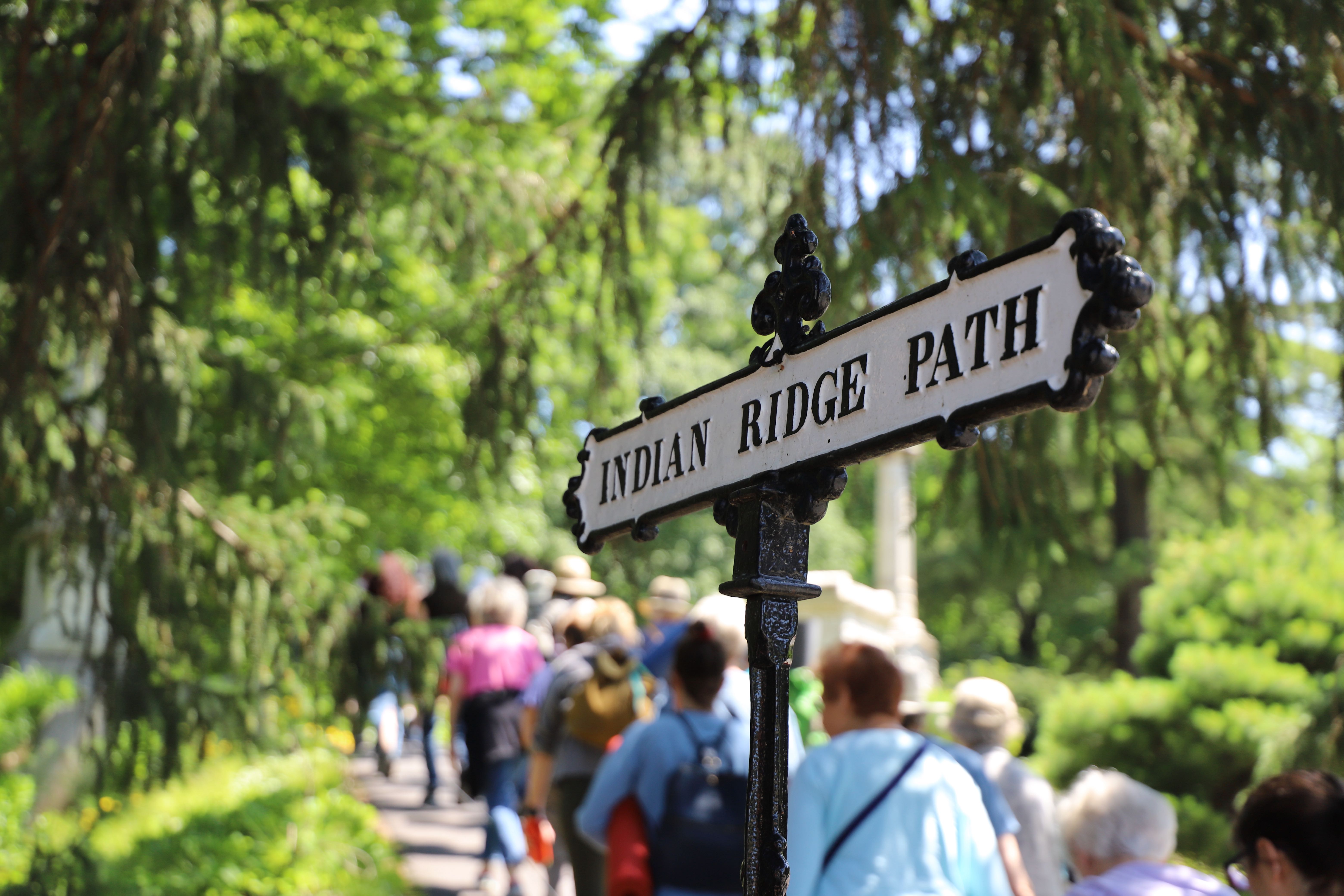
Indian Ridge Path Habitat Restoration
In 2019, Mount Auburn began a three-phase project to restore Indian Ridge Path. With 15,000 new plants, it promotes wildlife habitat, biodiversity, and natural beauty.
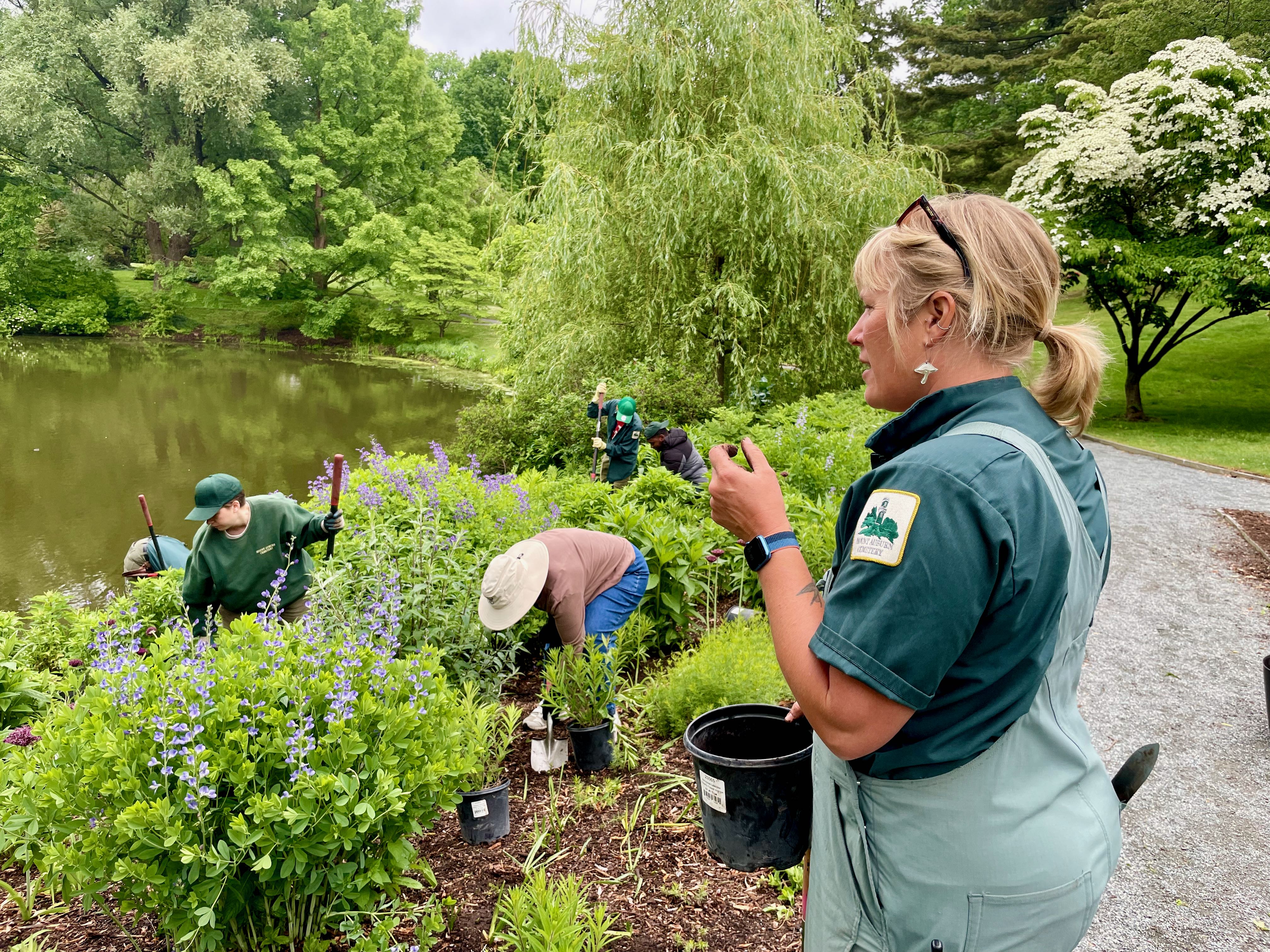
Willow Pond Restoration: Butterfly Garden & Rain Garden
Since 1992, Mount Auburn has revitalized Willow Pond, fostering a thriving landscape with sustainability initiatives for plants and wildlife.
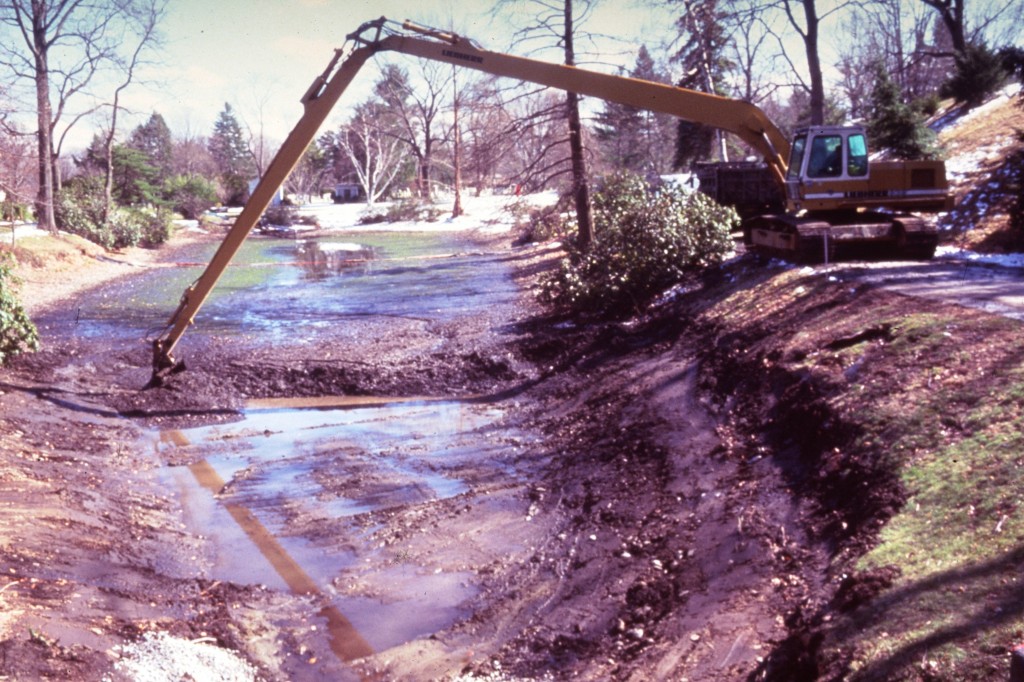
Auburn Lake: Revitalizing a Historic Waterbody
Auburn Lake, formed in the 1850s from a shallow “boggy meadow,” underwent dredging in 1883. By 1998, sediment buildup from organic decay necessitated attention.

Garden Pond Begins Transformation into Halcyon Lake
What is now Halcyon Lake was once a much larger pond named Garden Pond, which extended over much of the entry precinct of the Cemetery.
